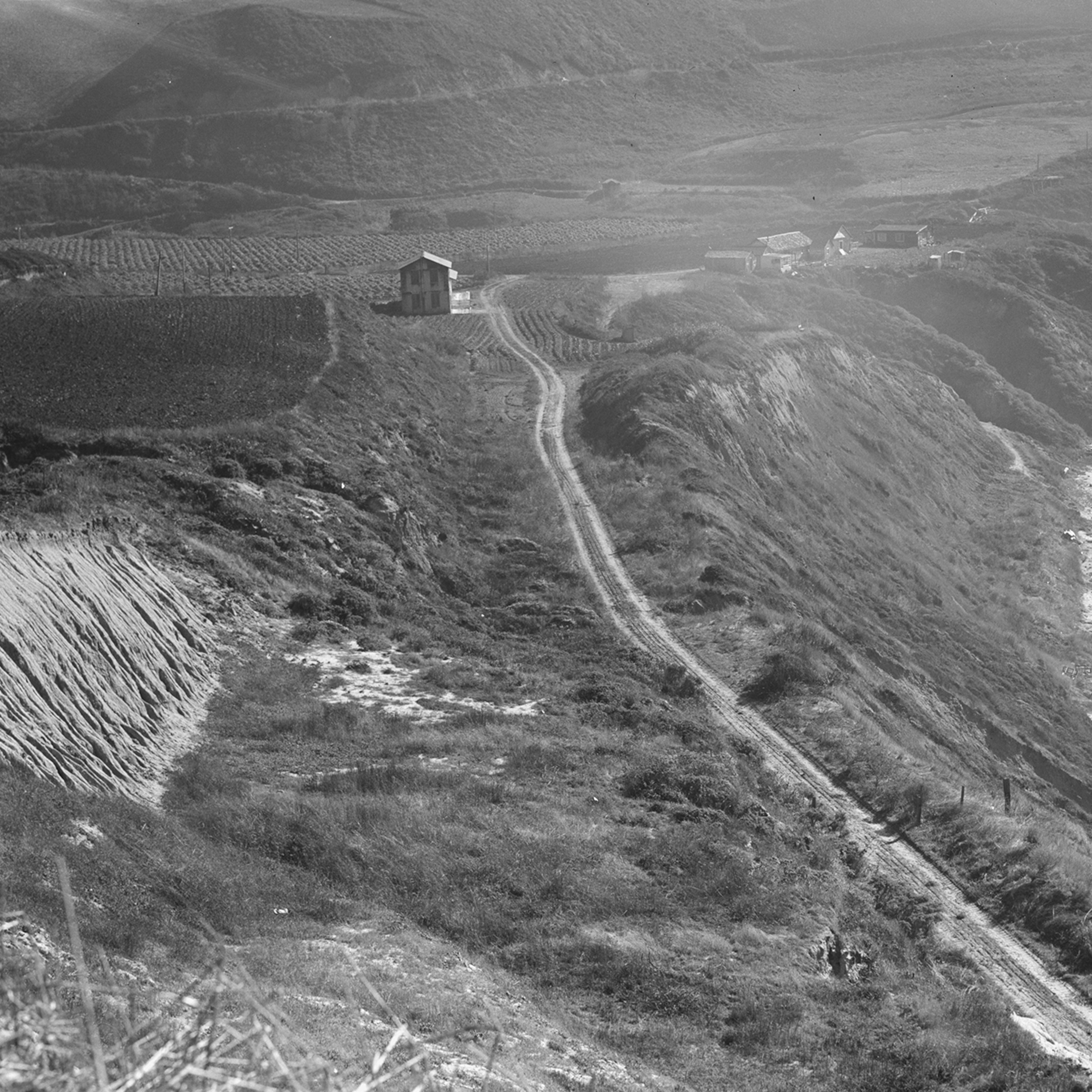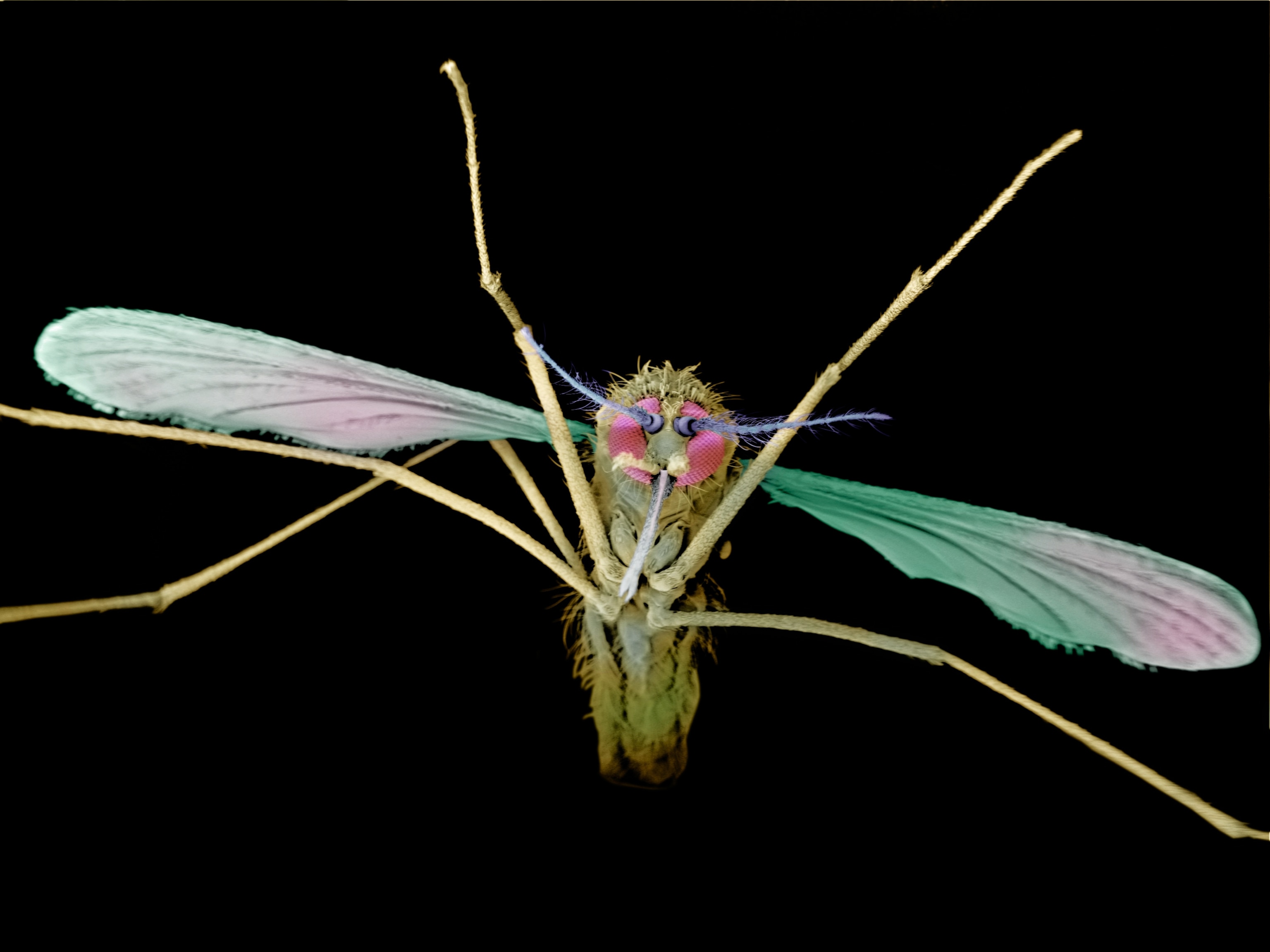Drug Addicts Are Stealing Cattle. This Guy Works to Stop Them
Special agricultural agents are waging a war against outlaw cowboys in the Heartland.
Having served in law enforcement for four decades, Jerry Flowers has seen a lot of bad behavior. But the last several years he has focused in on one particularly thorny problem: a surging spate of cattle rustling in Oklahoma (Flowers’ efforts are chronicled in the new episode of Explorer, airing on National Geographic channel at 10/9c Monday).
Agriculture is a $40 billion annual business in Oklahoma, and Flowers estimates roughly one percent of the state’s millions of head of cattle are stolen. Worth $1,200 to $1,500 a head, cattle are relatively easy to move and hard to track, making them tempting targets.
Flowers serves as the chief of an elite law enforcement unit of the Oklahoma Department of Agriculture that is trying to get a handle on this major source of criminal activity. His nine-member team helps recover thousands of cattle a year, worth $4 to $5 million.
So how does cattle rustling work?
Stealing cattle is a way to make quick money. The only thing you need is a trailer and a truck.
These outlaws drive around out here and look for easy targets. They look for cattle that are penned up near the road, in places with easy access to get on and off the property quickly.
They may steal them in northwest Oklahoma and take them to the southeast to sell them at a market, and by noon they have a check. These outlaws are highly mobile.
How do they offload their stolen animals?
Ninety-nine percent of the time they take them to a legal market to sell them. There are about 50 markets in the state that sell cattle. Most often the thieves bill the cattle in as their own, which is a crime. In some cases, they put them in a pasture for some months so they bulk up, to throw off the descriptions of the stolen animals.
How do you investigate the crimes?
We get calls from livestock owners who go out to find their cattle gone. So we go investigate. We look for any evidence that might be left, everything from a tire track to a cigarette butt.
Once we determine cattle have been stolen we put out a bulletin to all livestock markets, including in neighboring states. We put out info on what to be looking for, what brands or ear tags they might have, description of the cattle, and so on.
Then we often get calls from livestock owners or markets that let us know an individual came through and billed cattle that they are suspicious of. Maybe they are freshly branded. Or they brought them in at the wee hours of the morning. Maybe they didn’t know exactly what they had.
We go out and identify the cattle and launch an investigation. Sometimes we can use DNA evidence. We’ve been very successful intercepting these kinds of transactions.
What happens to the rustlers?
If you get caught doing that in Oklahoma, each head of livestock can carry up to 10 years in prison.
In our state, cattle theft became such a problem that a new law also went into effect last November to help victims recoup their losses. Cattle thieves can be made to pay restitution three times the value of the loss the owner sustained. In other words, if someone stole $10,000 worth of cattle they have to pay back $30,000.
Stealing someone’s cow is like stealing a factory. That cow can produce young for up to 10 years. So it’s an important resource for people.
So cattle aren’t microchipped or otherwise tracked?
We rarely see microchips. We have millions of cattle run through the state every year. To an owner running 1,500 head, the cost to put in microchips would be high. And when you are raising cattle you may only have the calves for six or seven months, it’s a constant rotation. Ear tags are useful for owners to ID their cattle but the first thing outlaws do when they steal them is cut them out.
Hot-iron branding is the number one way to ID your cattle and that’s what we recommend. A brand is like your tag on your car. It IDs the head and the owner, as long as the brand is registered. We have thousands of brands in our system.
How do you work with the industry to reduce theft?
We work closely with the Cattlemen’s Association to educate livestock owners and markets about what to look for. The last thing you want to do is spend $50,000 on cattle that turns out to be stolen, because it turns out to be a big mess. Insurance gets involved. But people lose money.
What’s driving the surge in cattle theft?
The majority of individuals we apprehend are involved with narcotics. Especially methamphetamines. They often need that next fix of dope. They are normally repeat offenders. And they think stealing cattle is quick money.
If someone breaks into your home and steals a jewelry box they’ll get pennies on the dollar for it. But cattle are different. They can get the same value at market as if they truly owned them.
What do you think are the solutions to the meth crisis?
Meth is an epidemic here. I wish I could say I had the answer as to what would stop this epidemic but I don’t. And I’ve been doing this for 40 years.
One thing that has to be handled: when these individuals are caught I’d like to see the court make it mandatory that they complete a drug rehab program, with follow-ups to make sure they stay on board with it.
This stuff is so addictive that the desire to use these drugs becomes more important than their own lives or families. It’s a vicious, deadly, dangerous cycle. So I also support actions to prevent narcotics from coming into the country.
Cattle rustling has a long, colorful history right?
Cattle rustling has been around since Moby Dick was a minnow. As soon as cattle were brought into this country, hundreds of years ago, people stole them.
Cattle is huge in this state. But no matter where you live, when you are fixing to sit down to dinner, everything you see on that plate was put there by a farmer or rancher. Cattle are raised to feed the country. That’s why we have a unit sworn to protect this resource.This interview has been edited.








